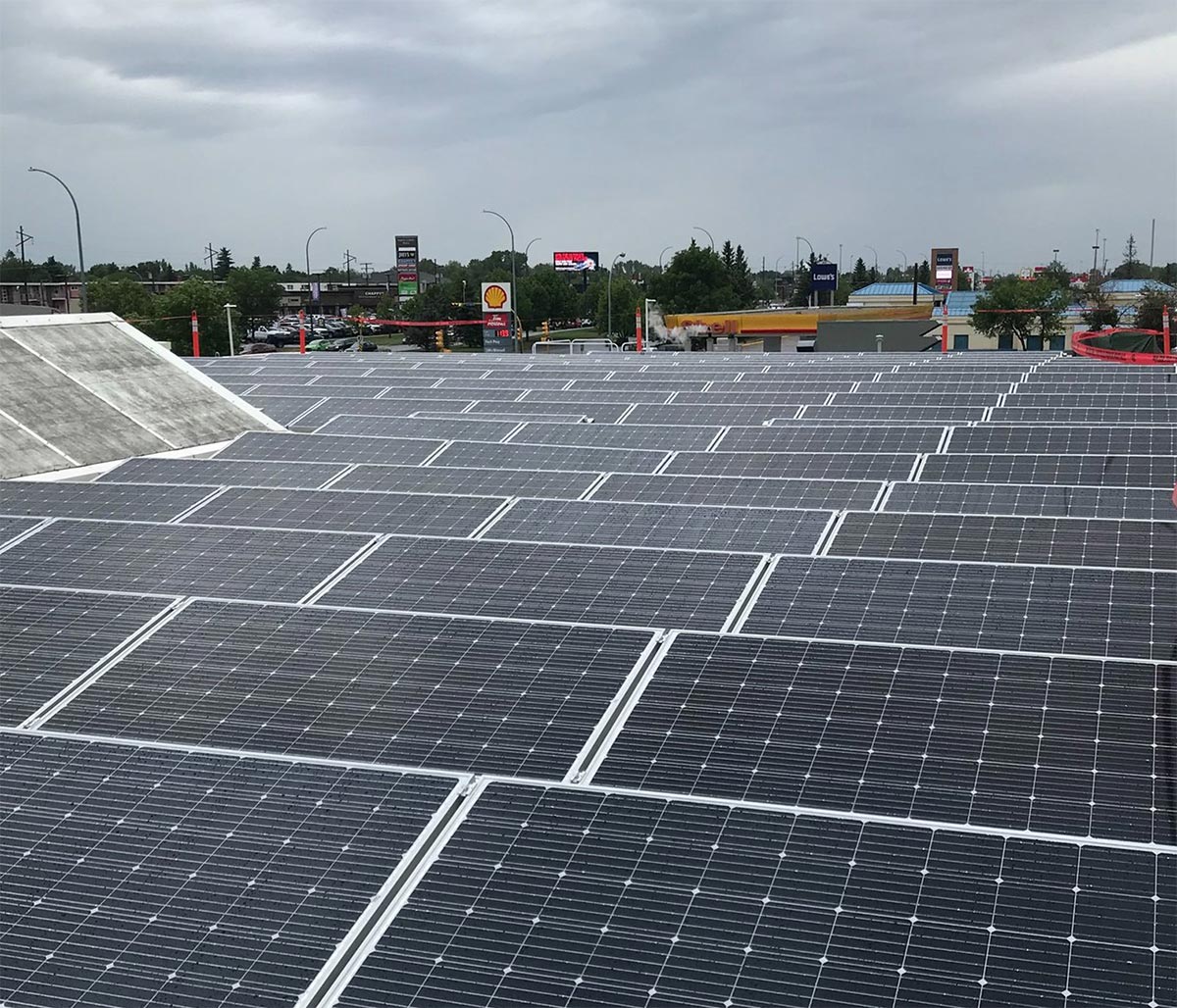News
25-Feb-2021- Regina SK
Diversifying Our Heat and Power Sources Will Create Opportunities for All
The time is right for a new way, a distributed way, a collaborative way, to provide energy service in Alberta.
Together We Are Stronger

Over the last while, COVID-19 has tested the meaning of this phrase and shown that we cannot only rise to the challenge, but that we as a province, as a country and as a people, can overcome and succeed.
We’ve shown that when we work together for the common good — when we collaborate, listen and learn, when we care about and work to lift and help one another — then we all succeed.
Together.
Community Scale Strength
We’ve seen the strength of our communities, the importance of balancing self-sufficiency and local resilience with provincial and federal support in having accessible, affordable and reliable services for all. We’ve seen the amazing adaptability, responsiveness and ingenuity of local people, our businesses and industry in helping provide essential supplies and services.
The challenges we face are not over. There’s a very important challenge ahead as Saskatchewan looks to reshape how it generates and moves energy in this province over the next decade. Many billions of dollars will be spent. If we don’t find the right balance and scale of solutions, if we don’t work in a collaborative model to grow our community-scale energy solutions — residential and commercial solar, geothermal and wind, along with commercial and industrial scale cogeneration and combined heat and power — we will lose a unique opportunity for our businesses and communities, and ultimately, our province, to prosper and grow.
As we look to energize the future through people and technology, we must not abandon or ignore the companies, organizations and people — both Indigenous and non-Indigenous — that have worked long and hard to deliver affordable, safe and reliable energy products and services to our communities. As Saskatchewan looks to decentralize, decarbonize, digitize and decolonialize its own energy service landscape, these groups have a key leadership and partnership role to play in the transitioning energy model and in working to achieve reconciliation through energy transition partnerships.
Provincial Vision
As a province, we need to deploy efficient and proven renewable and non-renewable distributed energy solutions, at-scale, to create local energy jobs and greater community benefits. Distributed energy solutions like industrial cogeneration, commercial combined heat and power, community scale geothermal, solar and wind must play a meaningful role over the next five to 10 years as Saskatchewan moves away from utility-scale coal as its major source of power.
The reasons are simple and clear. When we invest in community-scale energy, more of our energy investment dollars stay in Saskatchewan; we create resilient and energy-secure communities; and we maximize the billions of dollars available in federal funding support. It’s this funding for clean energy and energy transition efforts that Saskatchewan — as Canada’s least energy efficient and most emissions-intensive economy — so critically requires and deserves.
The Distributed Energy Association of Saskatchewan is promoting the view that the Crown utilities are partners, not competitors, in an updated model for energy service. Our single-owner Crown model for energy service in Saskatchewan can make the energy transition much simpler and easier here than anywhere else.
Targets and Timelines
Like any goal, we need to start with a target.
The target, delivered over the next four years, is that industry, community, commercial and residential scale energy — both renewable and non-renewable — represent at least five per cent of new capacity added to the province’s generation portfolio by 2025. This “Strive for 5 by 2025” is a modest and achievable goal that would create hundreds of local jobs and community benefits, make utility service more efficient and affordable, and still leave the majority of the utility’s traditional generation portfolio and service model intact.
The time is right for a new way, a distributed way, a collaborative way, to provide energy service in this province. We need the province and municipalities to create space and opportunity through public policy that will achieve this five per cent target by 2025. The DEAS has the model, and this province has the people, the products and capacity to deliver on this goal.
Let’s get together and get to work.
Erwin Heuck is the managing director Distributed Energy Association of Saskatchewan, an advocacy group promoting community scale energy.